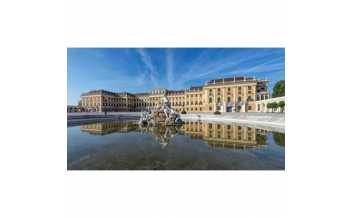Follow Mozart's journeys in different European cities and visit the venues and locations he was in, as well as commemorative places that celebrate his life and work.
Activities
-
-
Central Cemetery, Vienna
Astonishing though it may seem today, Mozart was buried in an unmarked plot...
-
Hofburg Palace, Vienna
The Hofburg was the residence of the Habsburg family from the 13th century...
-
Jiri-Mahen Library, former Palais...
Today, the Palais Schrattenbach is home to the second largest public library...
-
-
-
Mozart Memorial, Salzburg
Memorial by Munich sculptor Ludwig von Schwanthaler and the royal caster...
-
Mozart residence, Salzburg
Mozart’s Residence was reconstructed after being partly destroyed during...
-
Mozart's Birthplace, Salzburg
In Salzburg, Mozart's hometown, it's possible to visit his own house, an...
-
-
-
-
Parish Church St. Gilgen, Lake Wolfgang,...
Although Mozart himself never visited the town, St Gilgen and its church are...
-
Saint Stephen's Cathedral, Vienna
The Cathedral of Saint Stephen is found in the heart of Vienna, between the...
-
-
Theater Reduta, former Theater Taverna, Brno
Whilst staying in Brno in the winter 1767 to escape the chickenpox outbreak...





















